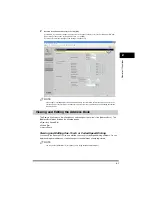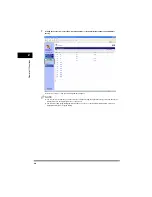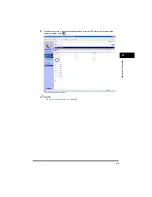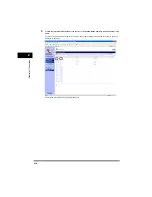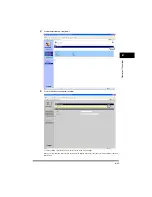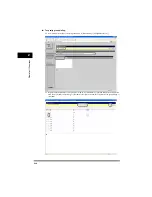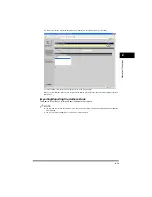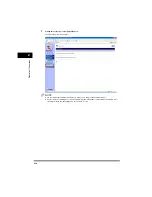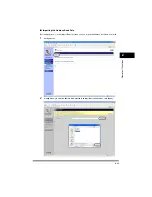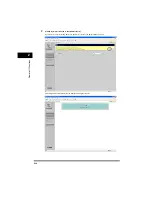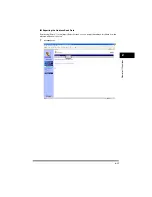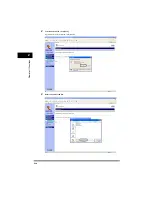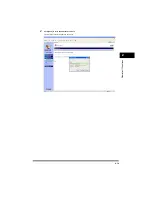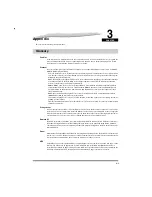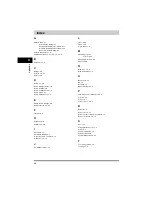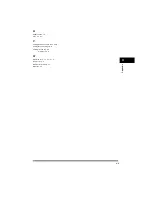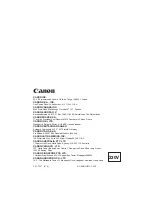
3-1
CHAPTER
3
Appendix
This section contains the glossary and index.
Glossary
Cookies
A file left on a user’s computer when the user visits a web site. A cookie allows the web site to recognize the
user on subsequent visits. Cookies are generally used to enable a user to automatically sign on to certain
web sites and to customize the features offered by such sites.
Protocol
A set of rules that govern the transmission of data across a network. Examples of protocols are FTP, DHCP,
BOOTP, RARP, IPP, and TCP/IP.
−
FTP: File Transfer Protocol. A client-server protocol allowing a user to transfer files on one computer to and
from another computer over a TCP/IP network. The File Transfer Protocol also governs the client program
with which the user transfers files.
−
DHCP: Dynamic Host Configuration Protocol. A protocol which automatically specifies the network settings
of a client on a TCP/IP network. Many of the settings required to set up TCP/IP, which is the standard
protocol of the Internet, can be made automatically.
−
BOOTP: BOOT strap Protocol. A protocol that enables a client machine to automatically obtain network
setup information from a server over a TCP/IP network. BOOTP enables a client to automatically locate
such information as the host name, domain name, and IP address, so that it is not necessary to create
these items manually.
−
RARP: Reserve Address Resolution Protocol. A protocol which associates a network adapter address
(MAC address) with an Internet Protocol (IP) address.
−
IPP: Internet Printing Protocol. A protocol used between a client and a print server for carrying out remote
printing over the Internet.
−
TCP/IP (Transmission Control Protocol/Internet Protocol): The protocol used to connect to the Internet and
to wide area networks.
Proxy server
A server that provides a cache of files available on remote servers that are slow or expensive to access. The
term, “proxy server,” normally refers to a World Wide Web server that, on receiving a URL, tries to supply the
requested file from its cache. If it cannot locate the file there, the proxy server would bring it from the remote
server and also saves a copy in its cache so that the next request can be obtained locally.
Remote UI
Remote User Interface (UI) allows you to remotely perform machine functions from a computer connected to
the network using web browser software. Many functions that are done physically at the Canon machine’s
operation panel can be done via software at a networked computer using a web browser, such as Microsoft
Internet Explorer.
Spool
Simultaneous Peripheral Operations On-Line. Spooling means putting jobs in a buffer, which is a special area
in memory or on a disk. Because devices access data at different rates, the buffer provides a waiting station
where the data can wait until the device for which it is meant is ready to access it.
URL
Uniform Resource Locator. A standard way of specifying the location of an object, usually a web page, on the
Internet. The URL for a web page would look something like this: “http://www.w3.org/default.html.” Here,
“http:” indicates that a web page is being accessed, “www.w3.org” is the address of the server containing the
web page, and “default.html” is the file name under which the web page is stored on the server.
CHAPTER

